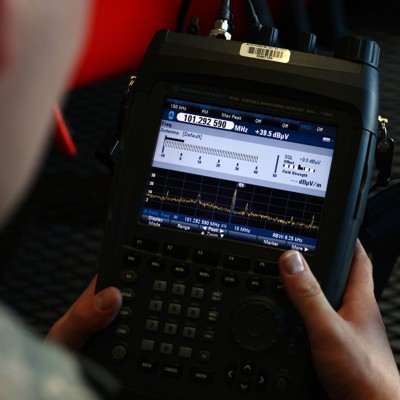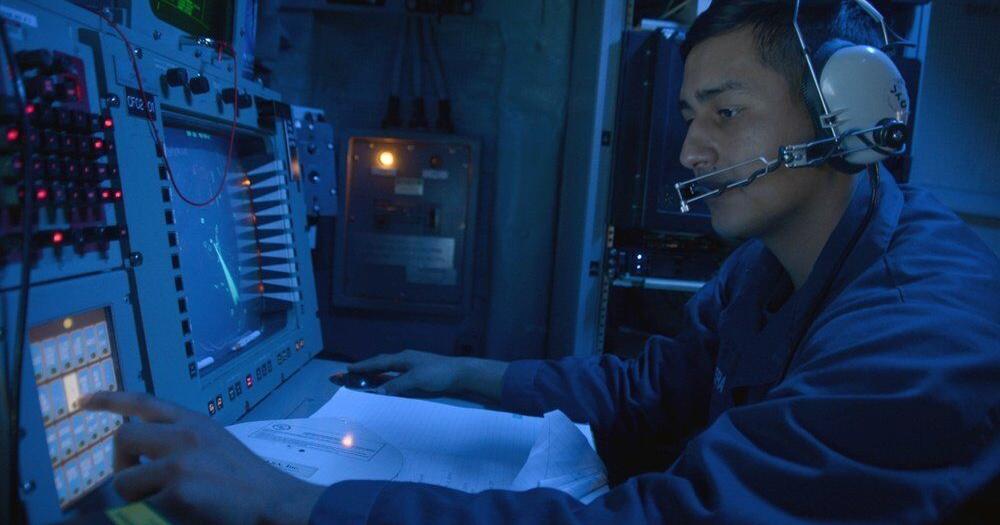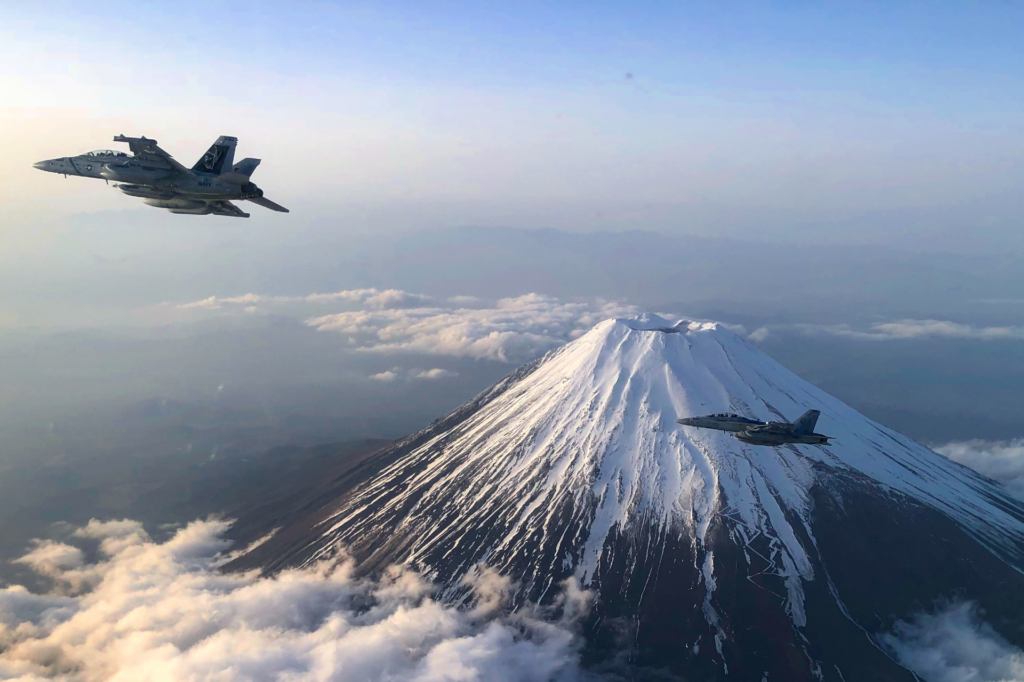"Pentagon Creates Electronic Warfare Programs Council to Boost U.S. Technological Edge"
by Megan Eckstein
March 17, 2015 10:16 AM • Updated: March 17, 2015 11:15 AM
Source:
http://news.usni.org/2015/03/17/pentagon-creates-electronic-warfare-programs-council-to-boost-u-s-technological-edge
by Megan Eckstein
March 17, 2015 10:16 AM • Updated: March 17, 2015 11:15 AM
Source:
http://news.usni.org/2015/03/17/pentagon-creates-electronic-warfare-programs-council-to-boost-u-s-technological-edge
WASHINGTON, D.C. — The Pentagon will formally create an Electronic Warfare (EW) Programs Council today, with the hopes of boosting the U.S. military’s waning technological edge in this area, Deputy Secretary of Defense Bob Work said on Tuesday.
Work, speaking at the Credit Suisse/McAleese 2016 Defense Programs Conference, said that the Pentagon’s Third Offset Strategy would center on winning a guided munitions salvo against an opponent, and EW capabilities would be pivotal to achieving this capability.
“The first aspect of the third offset strategy is to win a guided munitions salvo competition,” he said, noting that simply having a larger arsenal might do the trick.
“That’s the jab… The punch of the Third Offset Strategy is, how are we going to change what we are going to do once we get into a theater and solve that first competition? That is unknown, we are still trying to figure that out.”
Where adversaries have an advantage, Work acknowledged, is the emphasis placed on EW. Whereas the U.S. military tends to see it as a combat enabler, some foreign militaries and non-state actors view EW as an offensive and defensive tactic.
“It’s going to be at the forefront of any initial guided munitions salvo exchange. For relatively small investments, you can get an extremely high potential payoff, and our competitors are trying to win in the EW competition,” Work said.
“Now, we still have a lead, I think, that lead is diminishing rapidly. I worry about it. Today I’m signing a memo that establishes an Electronic Warfare Programs Council, which starts to take a look at all our investments across the department and make strategic recommendations to the secretary and I on how do we change that portfolio.”
Work said the idea for this council came out of the Defense Science Board. He liked the idea and will put Pentagon acquisition chief Frank Kendall and vice chairman of the Joint Chiefs of Staff Adm. James “Sandy” Winnefeld in charge of the effort.
Winnefeld said later at the conference that the emphasis on EW advancements would mesh nicely with the military’s focus on developing payloads rather than platforms to achieve new capabilities. In particular, he spoke about the ability to add pods onto remotely piloted aircraft, be it the current fleet of MQ-1 Predators and MQ-9 Reapers or the future Unmanned Carrier-Launched Airborne Surveillance and Strike vehicles.
“The sky is the limit, in my view, on what the imagination could bring to bear in terms of carrying payloads on those particular platforms,” he said.
Unmanned aerial vehicles (UAVs) currently carry weapons and electro-optical and other sensors into the battle space, particular in permissive environments. Going forward, though, UAVs could bring additional communications for special operations forces, airborne self-protection to let the UAV go into a more contested environment, or even refueling pods to support other airborne platforms.
The key to fielding these capabilities quickly is creating the right business model with the right companies to help. “If I had a garage of highly innovative people and highly agile people,” he could funnel pod ideas to them from the warfighter and ask for a two- to three-month turnaround on the pods.
Also during the speech, Work discussed a Business Process and Systems Review, meant to free up money that could be devoted to technological innovation. He said the Defense Department currently has one million employees costing the department $134 billion a year managing six business operations: human resources management, acquisition and procurement management, logistics and service contracts management real estate property management, health care management and financial management.
Outside business experts were brought in to help with the review, Work said, and they suggested that commercial business might seek a 20 to 30 percent productivity improvement. Work said he would be happy with even 10 percent, which adds up to a lot of money.
“The leading focus of all of this is to free up money and resources so we can put back into modernization,” he said.
Key areas of investment include robotics and autonomy, biotechnology, miniaturization, big data and additive manufacturing, as well as seeking ways to use current defense systems in new ways.
The Navy in particular is in the midst of improving its EW capability both in the air and at sea. The service is working with industry to create a Next Generation Jammer to replace the decades old AN/ALQ-99 jammer on its current fleet of Boeing EA-18G Growlers by early next decade. In February, the Navy awarded a contract to Northrop Grumman for the AN/SLQ-32(V)Y Surface Electronic Warfare Improvement Program (SEWIP) Block 3 System.
Additionally, the service stressed EW as part of its “all domain access” concept it outlined in last week’s release of the revision to the Navy, Coast Guard and Marine Corps’ cooperative tri-service strategy.

























